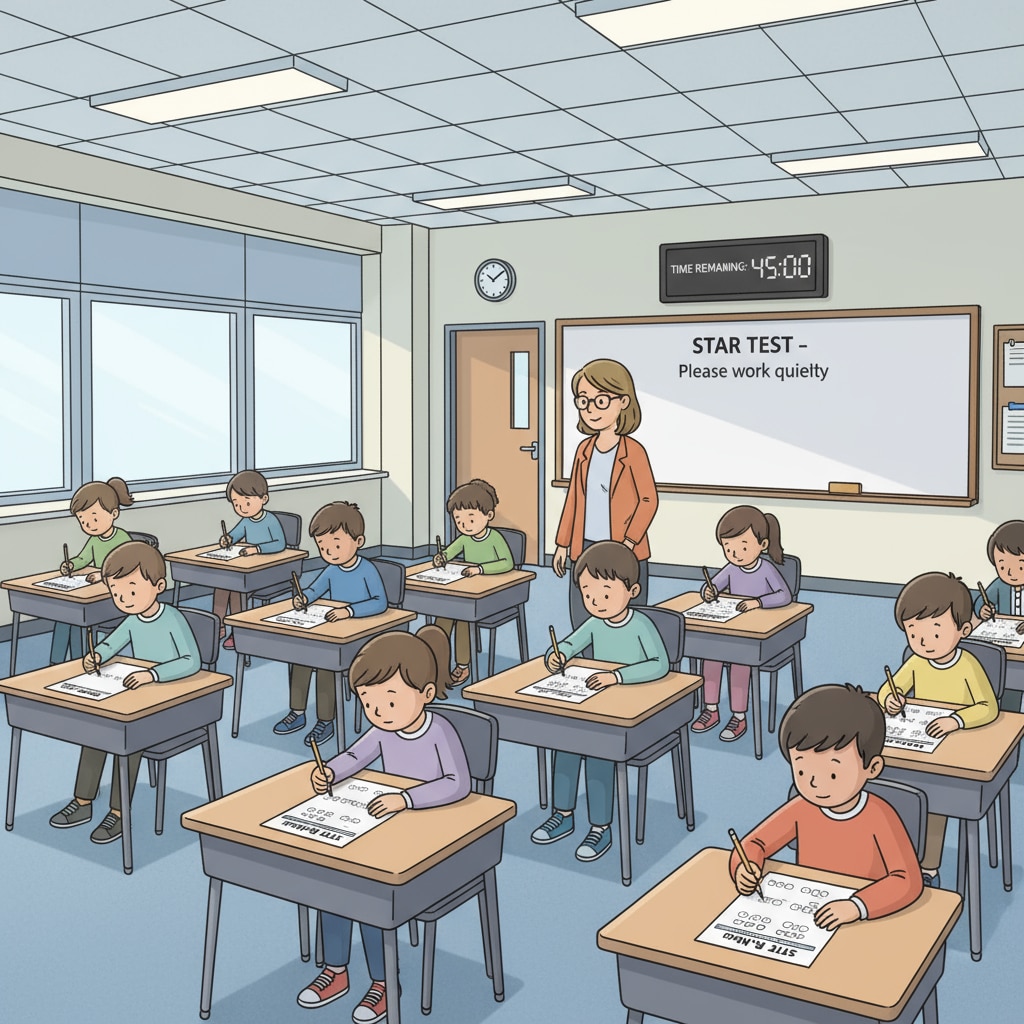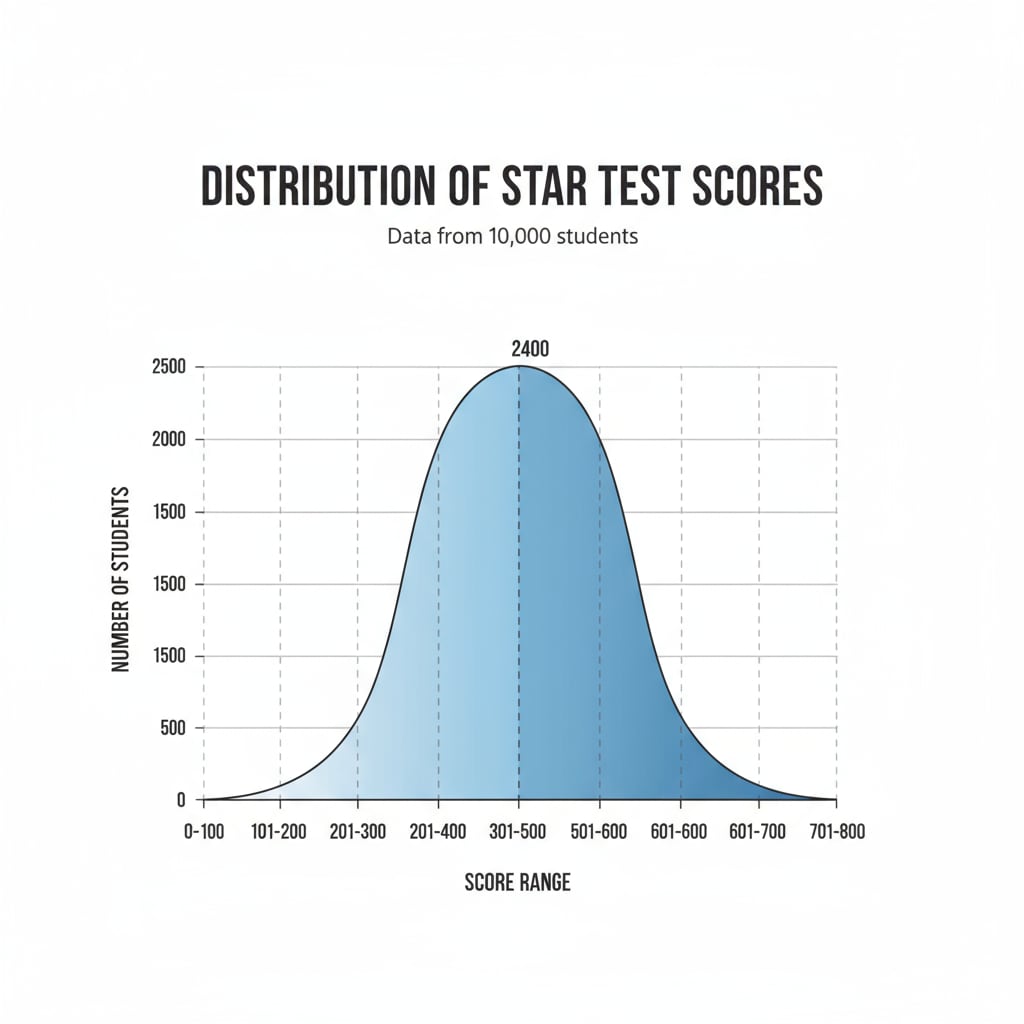STAR testing, percentile rankings, and student performance are crucial aspects of the K12 education assessment landscape. Parents often find themselves perplexed when trying to decipher the meaning behind their child’s STAR test scores. This article delves deep into the reliability of STAR tests, their limitations, and the correct way to understand them, enabling parents to view their child’s learning journey beyond just a single set of numbers.

The Basics of STAR Testing
STAR (Standardized Testing and Reporting) is a widely used assessment tool in K12 education. It is designed to measure a student’s academic progress and proficiency in various subjects such as reading, math, and language arts. According to Education.com’s overview of STAR testing, these tests are administered regularly to help educators identify areas where students may be struggling or excelling.

Understanding Percentile Rankings
Percentile rankings play a key role in STAR testing. They indicate the percentage of students in a particular group who scored at or below a given student’s score. For example, if a student is in the 75th percentile, it means they scored better than 75% of the students in the comparison group. As Verywell Family’s guide on interpreting percentile rankings explains, this gives parents an idea of how their child stacks up against their peers. However, it’s important to note that percentile rankings are relative and do not necessarily reflect a student’s absolute level of knowledge.
When analyzing student performance based on STAR test scores and percentile rankings, it’s essential to consider multiple factors. The test environment, a student’s emotional state on the day of the test, and their overall learning style can all influence the results. Therefore, these scores should be seen as part of a broader picture of a student’s educational journey.
Readability guidance: We’ve used short paragraphs to make the information more digestible. The bullet points under each H2 help summarize key points. The use of transition words like “however” and “therefore” adds clarity to the flow of the content.


